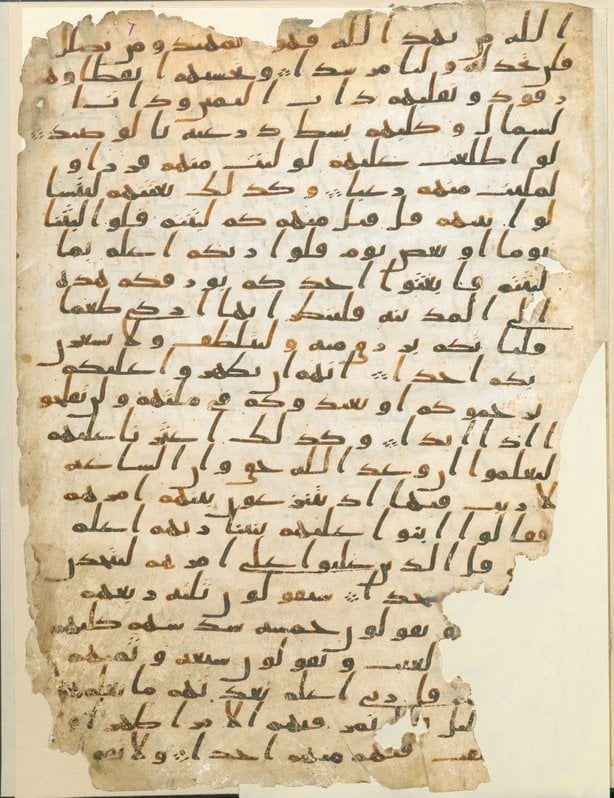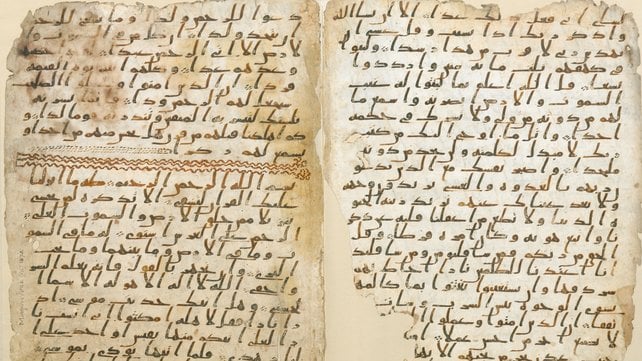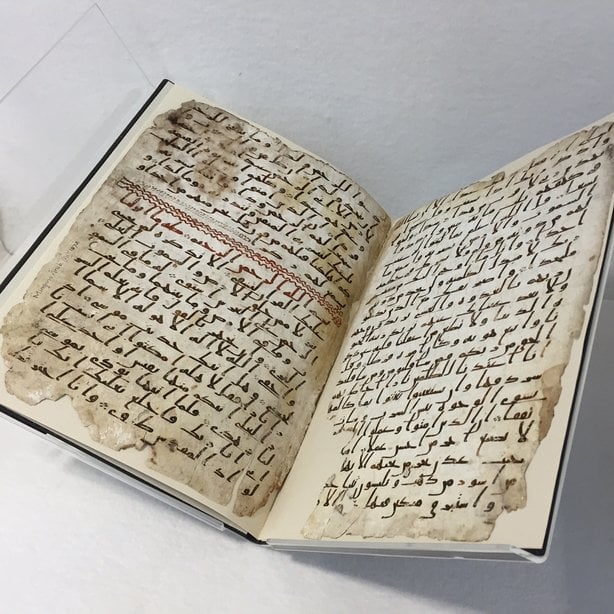LONDON — Scientific tests show a Quran manuscript in The University of Birmingham collection is one of the oldest known and may have been written close to the time of the Prophet Muhammad ( SAW ) .
Radiocarbon testing at Oxford University dated the parchment to the time of the prophet, who is generally believed to have lived between 570 and 632.
“This manuscript could well have been written just after he died,” said David Thomas, a professor of Christianity and Islam at the University of Birmingham.
“Parts of the Qur’an that are contained in those fragments are very similar indeed to the Qur’an as we have it today. This tends to support the view that the Qur’an that we now have is more or less very close indeed to the Qur’an as it was brought together in the early years of Islam.”

Muslim tradition says the prophet received the revelations of the Qur’an between 610 and 632 — but it was not written down immediately. The first leader of the community after Muhammad’s death, Caliph Abu Bakr, ordered the book to be written and it was completed by the third leader, Caliph Uthman, in 650.
Thomas said the test suggest the animal from which the parchment was taken was alive during the lifetime of the Prophet Muhammad or shortly afterward. “This means that the parts of the Qur’an that are written on this parchment can, with a degree of confidence, be dated to less than two decades after Muhammad’s death,” he said.

It is believed the manuscript was written less than 20 years after the death of the Prophet Mohammed ( SAW )
The two parchment leaves contains parts of suras, or chapters, 18 to 20.
The manuscript has long been part of the university’s Cadbury Research Library. But it had been bound improperly and was attached to the leaves of a similar manuscript that is not as old.




















